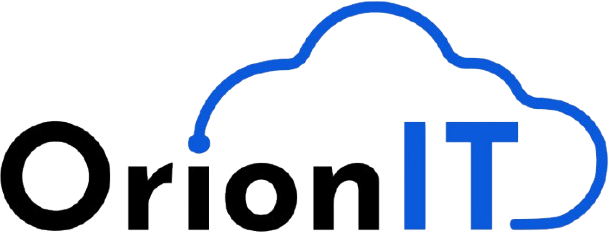Top 5 Benefits of VDI for a Hybrid Workforce Copy Copy Copy Copy
Citrix vs. VMware: Which is Right for You?
Citrix vs. VMware: Which is Right for You?
In today’s fast-evolving digital landscape, businesses must adapt to hybrid work models to stay competitive. Virtual Desktop Infrastructure (VDI) has emerged as a cornerstone technology for this transformation. By delivering virtual desktops and applications from a centralized server to any device, VDI offers unparalleled flexibility, security, and manageability. Leading platforms like Citrix and VMware are at the forefront of this revolution.
This article explores the top five benefits that a well-architected VDI solution can bring to your organization, enabling a productive and secure hybrid workforce.
By centralizing our desktop environment with Ibercos and Citrix, we’ve enhanced security and given our employees the freedom to work from anywhere, seamlessly.Ana García, IT Director
1. Enhanced Security and Centralized Control
With VDI, all data resides in the data center, not on endpoint devices. This centralization dramatically reduces the risk of data loss or theft if a laptop is lost or compromised. Administrators can enforce uniform security policies, manage updates, and control access from a single console, ensuring a consistent and secure user environment across the board.
2. Unmatched Flexibility and Employee Experience
Employees can access their full desktop, applications, and data from any device—be it a corporate laptop, a personal computer, a tablet, or a thin client. This “work from anywhere” capability, powered by high-performance protocols from Citrix and VMware, ensures a consistent and responsive user experience that rivals a traditional PC, boosting productivity and job satisfaction.


3. Simplified IT Management
Managing hundreds or thousands of individual desktops is a time-consuming task. VDI simplifies this by allowing IT teams to provision, patch, and update a single “golden image” that can be deployed to all users instantly. This reduces the time spent on routine maintenance and troubleshooting, freeing up IT resources to focus on strategic initiatives.
4. Cost Savings and ROI
While there is an initial investment, VDI delivers significant long-term savings. By extending the life of older hardware (which can be repurposed as thin clients) and reducing the need for expensive, high-powered PCs, capital expenditure is lowered. Furthermore, the operational efficiencies gained from centralized management reduce the total cost of ownership (TCO) over time.
5. Business Continuity and Disaster Recovery
Because user desktops are virtualized and stored in a central location, they can be easily backed up and replicated. In the event of an outage or disaster, users can quickly reconnect to their desktops from an alternate location, ensuring minimal downtime and maintaining business continuity. This makes VDI a critical component of any modern disaster recovery plan.

